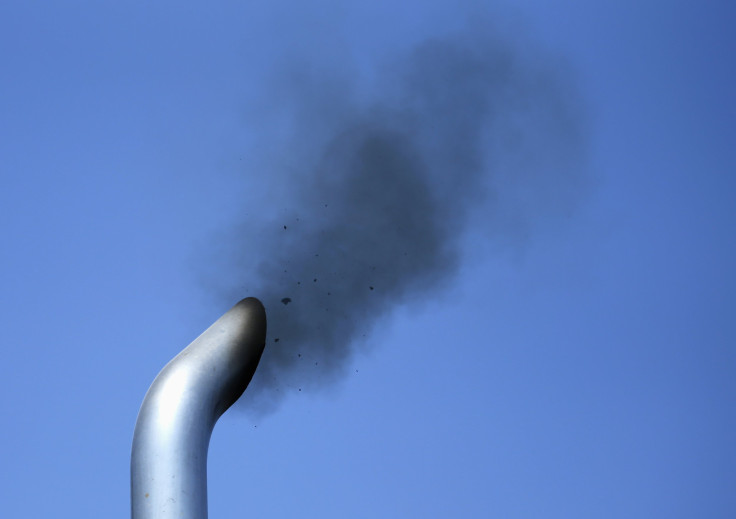Air pollution forces people to breathe air causing fatal heart, lung diseases

Scientists have confirmed through a survey of 500,000 Americans that tiny air particles people breathe are linked to an overall increase in risks of death. The new analysis shows the increase of mortality rate by 10 percent due to heart disease and up to 27 percent due to respiratory disease for non-smokers.
The report, published in the journal Environmental Health Perspectives online on Sept 15, shows that the development of potentially fatal heart and lung diseases are carried by aerosolised fine particles from air pollution. These particles slip past the defences of the human body and can be absorbed deep into the lungs and bloodstream.
The air particles are too small that are invisible to the human eye and cannot be removed from the body through sneeze or cough like larger natural particles such as airborne soil and sand. The researchers say that even an increase of as small as 10 microgrammes per cubic metre of air on the amount of the particles can raise by 3 percent overall the risk of death from all causes.
According to the study, believed to be the largest, most detailed of its kind in the US, fine particles are commonly made of harmful chemicals such as arsenic, selenium and mercury. Each of the particles can also bring gaseous pollutants, including sulfur and nitrogen oxides, into the lungs.
"Our data add to a growing body of evidence that particulate matter is really harmful to health, increasing overall mortality, mostly deaths from cardiovascular disease, as well as deaths from respiratory disease in nonsmokers," said lead researcher and health epidemiologist George Thurston. He noted that the findings were based from the data collected from government and independently held sources.
For the study, the researchers evaluated data from a health and diet survey conducted by the National Institutes of Health and the American Association of Retired Persons. The study involved 566,000 volunteers, ages 50 to 71, from seven US states. The result shows that there was no significant difference in the impact of the particle exposure between different sexes or age groups or by level of education.
The research team aims for a further study to analyse which components of the particles are most harmful and to see its origins, whether from auto exhaust, chemical plants, or coal-burning power plants, according to Richard B. Hayes, researcher and a health epidemiologist.
"We need to better inform policymakers about the types and sources of particulate pollution so they know where to focus regulations," he said. "It is especially important to continue monitoring health risks as national standards for air pollution are strengthened."
Contact the writer at feedback@ibtimes.com.au or tell us what you think below.





















